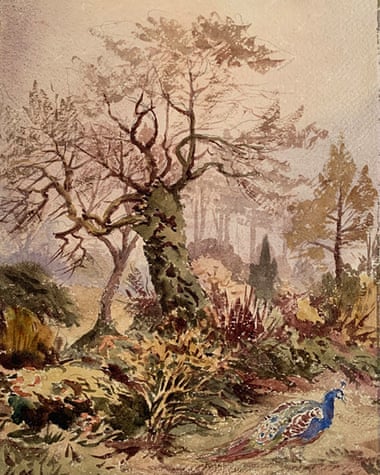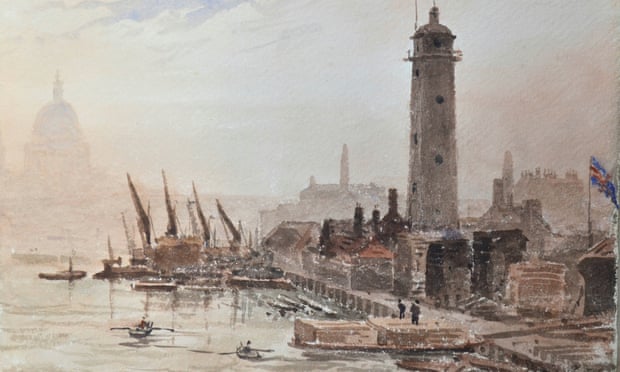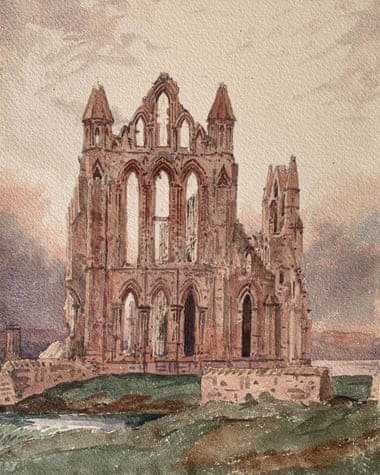A forgotten 19th-century artist whose entire oeuvre disappeared for 120 years has been compared to JMW Turner by a leading art historian.
John Louis Petit, an English clergyman who gave up his calling to focus on art and architecture, produced thousands of paintings that were widely exhibited but never sold.

A book published this week tells the story of Petit, who was well-known and highly regarded in the mid-19th century but his work was all but lost after his death in 1869. Its author, Philip Modiano, said it was “time that Petit comes out of the cupboards in which he has lurked, forgotten, for generations and takes his rightful place at the top table”.
According to Andrew Graham-Dixon, the art historian and critic, the book “marks the rediscovery of a more or less completely forgotten master – an artist whose work, particularly in the medium of watercolour, reaches the highest peaks of innovation and virtuosity, worthy of comparison with that even of Turner”.
Petit painted almost exclusively in watercolours, and completed more than 10,000 works. He was painting increasingly impressionistic pictures well before anyone had heard of Monet, Renoir or impressionism, according to Modiano.
Graham-Dixon said the breadth of Petit’s subject matter, and his lack of sentimentality, were remarkable. “Few Victorian artists chose to bear witness to the effects of the Industrial Revolution on the fabric of life in this country, but Petit did anything but shy away from it: he painted factories and smogs with the same impassioned interest that he brought to the more traditional themes of the English watercolourist, such as village, church and cathedral.

“To look at his work is to see a familiar world changing out of all recognition, and to understand the pace at which it was happening. In this sense he is a prophet of impressionism, a true ‘painter of modern life’, to borrow a phrase from Baudelaire.”
Petit, who was descended from French Huguenots, was ordained into the Church of England but resigned from church work in 1834 to pursue his interest in art and architecture.

He was admired as an artist and gave lectures on architecture. His first book, Remarks on Architecture, published in 1841, was praised by some as the best book on the subject ever written. Others were appalled by his rejection of the conformity of Gothic Revival in church-building.
Petit made no attempt to sell his paintings. After his death, his estate was divided among his sisters, with a nephew eventually inheriting nearly all the artworks.
They remained with the family for 120 years, and were discovered in an attic or outbuilding of a house in Surrey that had belonged to Petit’s grandniece.
The property’s new owners were unaware of the importance of the paintings. They were dumped, hundreds at a time, in local auction houses in the 1980s and 1990s and were then scattered across the world.
Modiano said: “For this book I managed to find only about one-third to one half of what is out there. There are many more Petit pictures all over the country, in the USA and in Europe, which were bought casually 30 years ago as dealers pushed them out cheaply. Some will have lost their attribution. This is the start, not the end of rediscovering Petit’s art.”
JL Petit – Britain’s Lost Pre-Impressionist by Philip Mondiano is published by RPS Publications, £20

